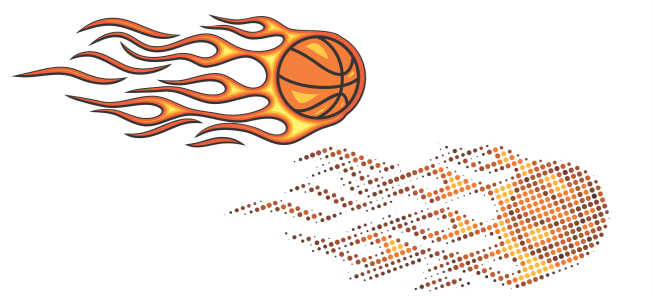Harnessing the Power of Precision: An In-Depth Exploration of Vector Effects in CorelDRAW

Introduction:
CorelDRAW stands as a cornerstone in the realm of graphic design software, celebrated for its versatility, user-friendly interface, and robust feature set. Among its arsenal of tools, vector effects stand out as indispensable assets, enabling designers to create dynamic and visually striking compositions with unparalleled precision and flexibility. In this extensive guide, we embark on a journey through the realm of vector effects in CorelDRAW, uncovering their functionalities, applications, and techniques for elevating design projects to new heights.
Part 1: Unraveling the Essence of Vector Graphics Before delving into vector effects, it’s crucial to grasp the fundamentals of vector graphics. Unlike bitmap images, which are composed of pixels, vector graphics consist of mathematical paths and curves defined by anchor points and control handles. This scalable format allows vector graphics to maintain crispness and clarity at any size, making them ideal for illustrations, logos, typography, and other design elements.
Part 2: Exploring the Rich Array of Vector Effects in CorelDRAW CorelDRAW offers an extensive array of vector effects that empower designers to unleash their creativity and bring their visions to life. These effects span a wide spectrum of functionalities, from enhancing shapes and text to creating dynamic visual effects and simulations. Some of the key vector effects available in CorelDRAW include:
- Transparency and Blending: Adjust the opacity and blending modes of vector objects to create smooth transitions and visual overlays.
- Shadows and Highlights: Add depth and dimension to vector graphics with realistic shadows and highlights that simulate lighting effects.
- Extrusions and 3D Effects: Transform flat vector shapes into three-dimensional objects with extrusion and bevel effects, allowing for dynamic perspectives and depth.
- Contour and Envelope Distortion: Warp and manipulate vector objects using contour and envelope distortion effects, enabling fluid transformations and stylized distortions.
- Blend and Mesh Fill: Create seamless color transitions and gradient effects with blend and mesh fill tools, allowing for complex shading and color blending.
- Artistic Strokes and Effects: Apply artistic brush strokes, textures, and effects to vector paths to add character and style to illustrations and designs.
- Vector Patterns and Textures: Generate intricate patterns and textures from vector shapes using pattern fills and texture effects, enhancing visual interest and realism.
Part 3: Application and Implementation of Vector Effects The application of vector effects in CorelDRAW is a nuanced process that requires careful consideration of design objectives, aesthetic preferences, and technical constraints. Designers can access vector effects through the “Effects” menu or utilize the “Effects” docker for convenient access and customization. By experimenting with different effects, adjusting parameters, and combining multiple effects, designers can achieve a wide range of visual outcomes, from subtle enhancements to dramatic transformations.
Part 4: Practical Techniques and Best Practices To maximize the effectiveness of vector effects in CorelDRAW, designers can employ a variety of techniques and best practices:
- Start with a clear design concept and objective to guide the selection and application of vector effects.
- Experiment with different effect settings and combinations to explore the full creative potential of CorelDRAW’s tools and features.
- Maintain consistency and coherence in design projects by applying vector effects judiciously and with purpose.
- Utilize layers, groups, and object properties to organize and manage vector objects and effects efficiently.
- Regularly save incremental versions of design projects to facilitate experimentation and revision without risking data loss.
Part 5: Optimization and Performance Considerations When working with vector effects in CorelDRAW, it’s essential to optimize performance and efficiency to ensure smooth workflow and responsiveness. Designers can optimize performance by:
- Keeping document sizes manageable and avoiding unnecessary complexity in design compositions.
- Rasterizing complex vector effects or objects with high levels of detail to reduce processing overhead.
- Utilizing preview modes and real-time feedback to assess the impact of effects on design elements before finalizing changes.
- Employing hardware acceleration and optimizing system settings to enhance performance and responsiveness.
Part 6: Conclusion Vector effects in CorelDRAW serve as indispensable tools for designers seeking to elevate their creations with precision, creativity, and visual impact. By mastering the art of vector effects and exploring the diverse range of functionalities available in CorelDRAW, designers can unleash their creativity, achieve stunning visual effects, and produce designs that captivate and inspire. Whether you’re a seasoned professional or a budding enthusiast, the power of vector effects in CorelDRAW offers endless possibilities for creative expression and innovation, allowing you to realize your design vision with clarity, precision, and style.







